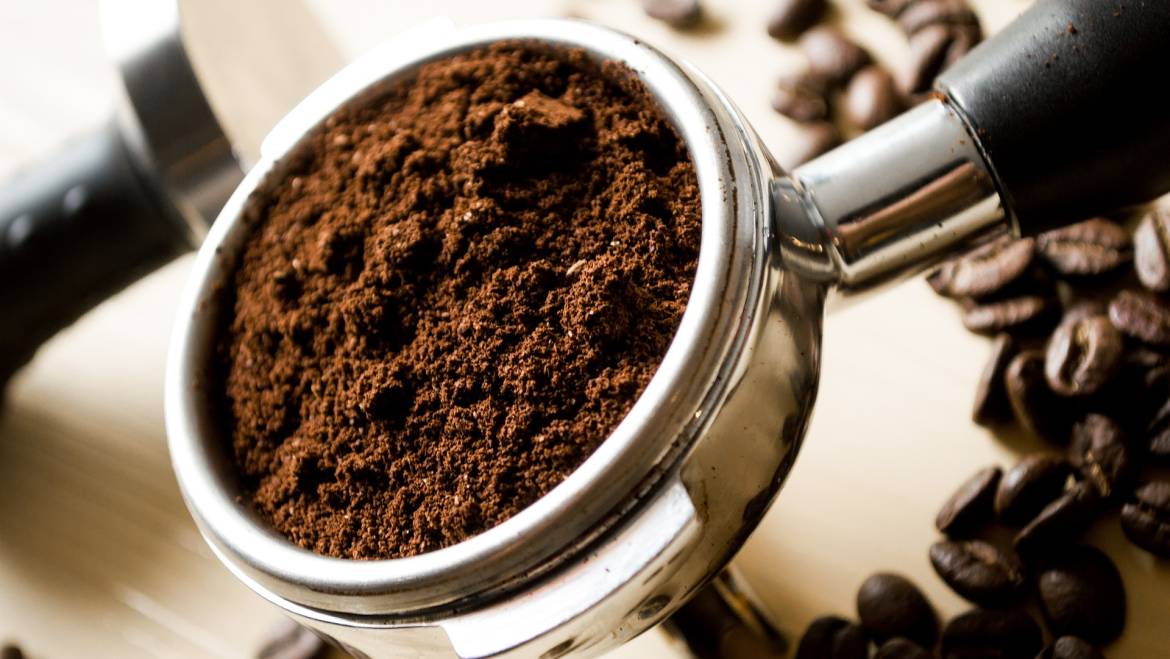Introduction: Unraveling the Secrets of Your Morning Cup
There's a lot more to your morning cup of coffee than just a caffeine kick. The Chemistry of Coffee: A Deep Dive into the Science Behind Your Favorite Brew explores the complex chemical interactions that create the unique taste, aroma, and health benefits of this beloved beverage. In this comprehensive guide, we'll uncover the secrets behind the perfect cup of coffee, from the roasting process to the brewing methods and even the health effects of your daily java fix. So, let's embark on a fascinating journey into the world of coffee chemistry, where science and art intertwine to produce the ultimate sensory experience.
The Beans: A Universe of Flavors and Aromas
Green Coffee Beans: The Raw Material
The story of coffee chemistry begins with the humble green coffee bean, the seed of the Coffea plant. These unassuming seeds contain a wealth of chemical compounds, including chlorogenic acids, trigonelline, and caffeine, which contribute to the final flavor and aroma of your brewed coffee. Roasting these beans transforms their chemistry and unlocks their full potential, turning them into the familiar brown coffee beans we know and love.
Roasting Magic: The Maillard Reaction and Beyond
Roasting coffee beans is a delicate process that dramatically affects their chemical makeup. The Maillard reaction, a non-enzymatic browning process, creates a vast array of new compounds, including melanoidins and volatile aroma compounds. These compounds impart the characteristic brown color, rich flavors, and enticing aroma to roasted coffee beans. Different roasting levels – light, medium, and dark – yield distinct flavor profiles and caffeine content, giving you endless possibilities to customize your coffee experience.
Brewing Techniques: Crafting the Perfect Cup
Extraction: The Science of Dissolving Flavors
Brewing coffee is essentially an extraction process, where hot water dissolves the flavorful and aromatic compounds from the ground coffee beans. The key to a well-extracted cup of coffee lies in finding the right balance between temperature, grind size, and brewing time. Factors such as water-to-coffee ratio and agitation also play a crucial role in determining the final taste and aroma of your brew.
Popular Brewing Methods: From Drip to Espresso
There are numerous ways to brew coffee, each with its own unique set of variables that affect the extraction process. Drip coffee, French press, AeroPress, pour-over, and espresso are just a few examples of popular brewing methods, each producing a distinct flavor profile and mouthfeel. Understanding the science behind these methods can help you fine-tune your brewing technique and achieve the perfect cup of coffee tailored to your preferences.
Health Aspects: Caffeine and Antioxidants Galore
The Caffeine Factor: Perks and Downsides
Caffeine is the most widely consumed psychoactive substance in the world, and it's the primary reason many people turn to coffee for a morning energy boost. While caffeine offers various benefits, such as increased alertness and improved athletic performance, excessive consumption can lead to negative side effects, like jitteriness and sleep disturbances. Moderation is key to reaping the rewards of caffeine without compromising your well-being.
Antioxidants and Other Health Benefits
Coffee is more than just a source of caffeine; it's also rich in antioxidants, which can help neutralize harmful free radicals and reduce inflammation. Additionally, research suggests that regular coffee consumption may lower the risk of certain diseases, such as Parkinson's, Alzheimer's, and type 2 diabetes. However, it's essential to remember that individual responses to coffee can vary, and it's crucial to listen to your body and consult with a healthcare professional to determine the optimal coffee intake for your specific needs.
Coffee's Environmental Impact: Sustainability and Ethical Considerations
The Carbon Footprint of Coffee Production
From cultivation to brewing, the coffee industry has a significant environmental impact, including deforestation, water use, and carbon emissions. Strategies such as shade-grown coffee, organic farming practices, and reducing waste in the supply chain can help minimize the carbon footprint of coffee production and contribute to a more sustainable future for the industry.
Fair Trade and Ethical Sourcing
Ethical considerations also play a vital role in the coffee industry. Fair Trade certification, for example, ensures that coffee farmers receive fair wages and work under safe conditions. By choosing ethically sourced coffee, consumers can support sustainable practices and contribute to the well-being of coffee-producing communities worldwide.
FAQs About the Chemistry of Coffee
1. How does the acidity of coffee affect its flavor?
The acidity of coffee is a key component of its flavor profile. Acidity refers to the bright, tangy, and fruity notes in coffee, which are influenced by factors such as bean origin, processing methods, and roast level. A well-balanced coffee will have a pleasant acidity that complements its other flavor characteristics.
2. Can the mineral content of water impact coffee flavor?
Yes, the mineral content of the water used to brew coffee can significantly affect its taste. Ideally, water for brewing coffee should have a balanced mineral content, as both overly hard and overly soft water can lead to undesirable flavors in the final cup.
3. What is the ideal temperature for brewing coffee?
The ideal temperature for brewing coffee is generally between 195°F (91°C) and 205°F (96°C). Water that's too hot can over-extract the coffee and lead to bitter flavors, while water that's too cool can under-extract the coffee and result in a weak, sour taste.
4. How does grind size influence coffee extraction?
Grind size plays a crucial role in coffee extraction. Finer grinds have a larger surface area, which increases the rate of extraction, while coarser grinds have a smaller surface area, resulting in slower extraction. The optimal grind size depends on the brewing method, as different techniques require varying extraction rates for the best results.
5. How does coffee freshness affect its flavor?
Freshness is a critical factor in coffee flavor. Coffee beans begin to lose their freshness as soon as they're roasted, as exposure to oxygen causes the volatile aroma compounds to degrade. To maintain optimal flavor, it's best to store coffee beans in an airtight container away from heat, light, and moisture and grind them just before brewing.
Conclusion: The Art and Science of Coffee
The Chemistry of Coffee: A Deep Dive into the Science Behind Your Favorite Brew has unveiled the complex interplay of chemical reactions, brewing techniques, and health effects that shape your daily coffee experience. By understanding the science behind this beloved beverage, you can elevate your coffee game and unlock new depths of flavor and aroma in every cup. So, raise your mug to the fascinating world of coffee chemistry and savor the satisfaction of a perfectly crafted brew.
Photo Credit: Coffee Secrets
Related Reference:
- Specialty Coffee Association (SCA): https://sca.coffee/
- National Coffee Association (NCA): https://www.ncausa.org/
- Coffee Chemistry: https://www.coffeechemistry.com/
- Coffee Research Institute: http://www.coffeeresearch.org/
- Illy, A., & Viani, R. (Eds.). (2005). Espresso coffee: The science of quality. Elsevier Academic Press.
- Clarke, R. J., & Vitzthum, O. G. (Eds.). (2008). Coffee: Recent developments. John Wiley & Sons.
- Flament, I. (2002). Coffee flavor chemistry. John Wiley & Sons.
- Higdon, J. V., & Frei, B. (2006). Coffee and health: a review of recent human research. Critical Reviews in Food Science and Nutrition, 46(2), 101-123.




Add Comment